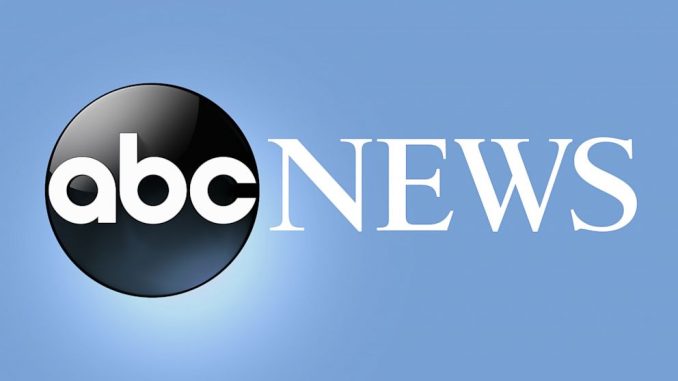
If you’re not looking too closely, some recent Kamala Harris ads may give the false impression that some leading news organizations are taking sides in the campaign for president.
The advertisements, which have turned up in some Google search feeds, include links to legitimate news stories but feature — in words that appear to be headlines from the originating news organizations — pro-Harris messages written by the Democrat’s campaign. They were revealed in an article by Axios this week.
Google and the campaign defend the practice as legitimate and legal, used in the past by both Democrats and Republicans. But it has raised concern from some of the outlets and others.
Said Jane Kirtley, a media ethics professor at the University of Minnesota: “What it’s about is confusion and deception.”
While television remains the dominant form of political advertising, the under-the-radar Google ads also indicate there will be many different ways political campaigns try to reach voters this fall.
The Google ads have popped up for consumers making searches, usually in targeted geographic regions. One ad, for example, has the headline, “VP Harris’s Economic Vision — Lower Costs and Higher Wages.” Copy underneath reads, “a future where every person has the opportunity not just to get by but to get ahead. We won’t go back to the failed trickle-down policies that hurt working families.”
The ad includes a link to a story on The Associated Press’ website, where those messages do not appear. Similarly, an ad that links to a story by The Guardian says Harris “is a champion for reproductive freedom and will stop Trump’s abortion bans.”
A spokesman for the Guardian said that “while we understand why an organization might wish to align itself with the Guardian’s trusted brand, we need to ensure that it is being used appropriately and with out permission. We’ll be reaching out to Google for more information about this practice.”
The AP also said it was unaware that one of its articles was being used for this purpose. “AP’s journalism is independent, fact-based and non partisan and must not be misrepresented in any way,” spokesman Patrick Maks said.
Other Google search ads have run using material from CBS News, CNN, Time, PBS and USA Today, according to the Google Ads Transparency Center.
There is no indication that any of the linked articles were altered in any way. But Kirtley said she questioned how many people who see the advertisement will click on those links, and instead mistakenly think the ads were quoting from the articles. For news organizations, that’s crucially important at a time they’re fighting against perceptions of bias by some in the public.
“Their brand is being co-opted for political advertising without permission or prior knowledge,” she said. “It’s fine if they chose to endorse someone, but you don’t want your reporting to be turned into an endorsement.”
It’s not the only instance of news outlets needing to be cognizant of their work being used in a political context in an unauthorized way. The AP would not discuss on Thursday whether it has needed to take action to prevent unauthorized uses of its now-iconic photograph of former President Donald Trump following an assassination attempt this summer; it will reportedly be on the cover of Trump’s upcoming book.
Google notes that the Harris ads are clearly labeled as “sponsored” so they are distinguishable from regular search results, and reveal that they are paid for by the Harris campaign. “It’s fairly common for advertisers to link out to or cite external websites, including news sites, in their ads,” Google said in a statement.
Indeed, the campaigns of Georgia Gov. Brian Kemp and Tennessee Sen. Marsha Blackburn used similar Google ads during Republican primary campaigns. But in 2017, Facebook decided to ban a similar practice in its advertising after the Wall Street Journal raised questions about it.
The Harris Google ad campaign seems limited in scope. The ads linking to Guardian and AP articles both appeared only in searches by users in the swing state of Pennsylvania, and both have appeared less than 2,000 times, according to the Ads Transparency Center. The Harris campaign said it had no plans to discontinue the ads.
“I just don’t think it’s a big deal,” said Robert Shrum, a veteran Democratic political strategist and director of the Center for the Political Future at the University of Southern California.
Harris’ Google effort is an indication that campaigns will be searching for new and creative ways to reach voters in the next few months, said Steve Caplan, who is teaching a class in political advertising at USC this fall. One expected trend: an explosion of commercials on streaming services like Netflix that never used to accept advertising.
“You’re trying to find new and innovative ways to break through in a media environment that’s very cluttered, and that takes strategy and creativity,” Caplan said.
Still, television ads — especially in swing states — are expected to dominate.
___
Associated Press correspondent Barbara Ortutay in San Francisco contributed to this report. David Bauder writes about media for the AP. Follow him at http://twitter.com/dbauder.


Be the first to comment